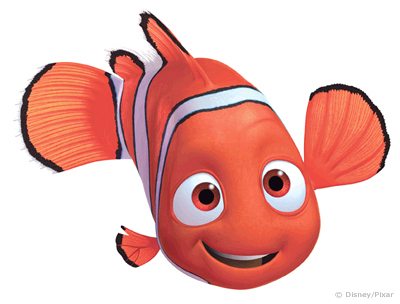pictures- www.images.google.com
videos- www.video.google.com
Friday, April 16, 2010
Thursday, April 15, 2010
Thank you
That's all for the moment!! i will try to update again as soon as possible, Thanks for reading my blog for My transition year environmental studies project!
Friday, March 19, 2010
Interesting facts about the clown fish
Today i will share with you some interesting facts about the clown fish,
1. A fascinating ability of the Clown fish is its ability to change sex. This Clown Fish Fact makes the fish even more fascinating. On the top of the scale is the reproducing female followed by the mating male. Below them are a bunch of non-mating (single) males. But if the female dies, the whole scale gets a bit messed up. The highest male then morphs into a female and chooses a partner from the various single males. When they are born all Clown Fish are males and As they grow the predominant male will morph into the female.
2.Clown fish are normally not eaten by other fish because of their protection from the anemone, normally they were not hunted because they would stay in their own quiet corner of a coral reef but following the movie "finding nemo", aquariums have been trying to find their own nemo for display in their salt water tanks, although this is not damaging the fish itself, it is damaging the habitation of clown fish in their original reefs.
3.There are 28 known types of clown fish, the most popular being the one that looks like nemo, it is bright orange with white stripes. Most other clown fish can have colours such as orange,yellow,maroon,black and many others. clown fish are normally 2 inches to 5 inches long.
1. A fascinating ability of the Clown fish is its ability to change sex. This Clown Fish Fact makes the fish even more fascinating. On the top of the scale is the reproducing female followed by the mating male. Below them are a bunch of non-mating (single) males. But if the female dies, the whole scale gets a bit messed up. The highest male then morphs into a female and chooses a partner from the various single males. When they are born all Clown Fish are males and As they grow the predominant male will morph into the female.
2.Clown fish are normally not eaten by other fish because of their protection from the anemone, normally they were not hunted because they would stay in their own quiet corner of a coral reef but following the movie "finding nemo", aquariums have been trying to find their own nemo for display in their salt water tanks, although this is not damaging the fish itself, it is damaging the habitation of clown fish in their original reefs.
3.There are 28 known types of clown fish, the most popular being the one that looks like nemo, it is bright orange with white stripes. Most other clown fish can have colours such as orange,yellow,maroon,black and many others. clown fish are normally 2 inches to 5 inches long.
Monday, March 15, 2010
the breeding of clown fish
For clown fish to breed, The male will try to attract a female first, He will do this by "courting", Courting may involve chasing,Biting or extending their fins, Once he has attracted a female he will chase her to the nest he has made and she will lay a hundred to a thousand eggs, The Clown fish will lay their eggs on clear coral or a rock garden beside the sea anemone that they live in. The male clown fish will guard the eggs until they hatch 4 to 5 days after they are laid, Once hatched the male will care for the young until they reach sexual maturity and can go off and continue on the life cycle and find a new anemone to live in..This is how the start of "finding nemo" goes!!
Monday, March 1, 2010
intro to the clownfish

Clown fish have been well recognised now as the famous fish called Nemo. clown fish are small reef fishes and live in warm waters such as the pacific ocean and the Indian ocean, they are called clown fish because of their bright colours, they are normally a yellow,orange light red or black colour with a band of white around their body. people have mistaken clown fish to be fun fish but they are actually quite aggressive and territorial. clown fish are most likely to live in the tentacles of a sea anemone, they live in the anemone to protect themselves and their young from larger predators because the anemone stings the other fish, the clown fish is thought to be able to withstand the sting of the anemone because it constantly swims around the tentacles and builds a layer of slime over its body. since the clown fish lives in the anemone then bigger fish will try to eat the clown fish but the anemone will just sting it and sometimes kill it and digest it.
Subscribe to:
Posts (Atom)
